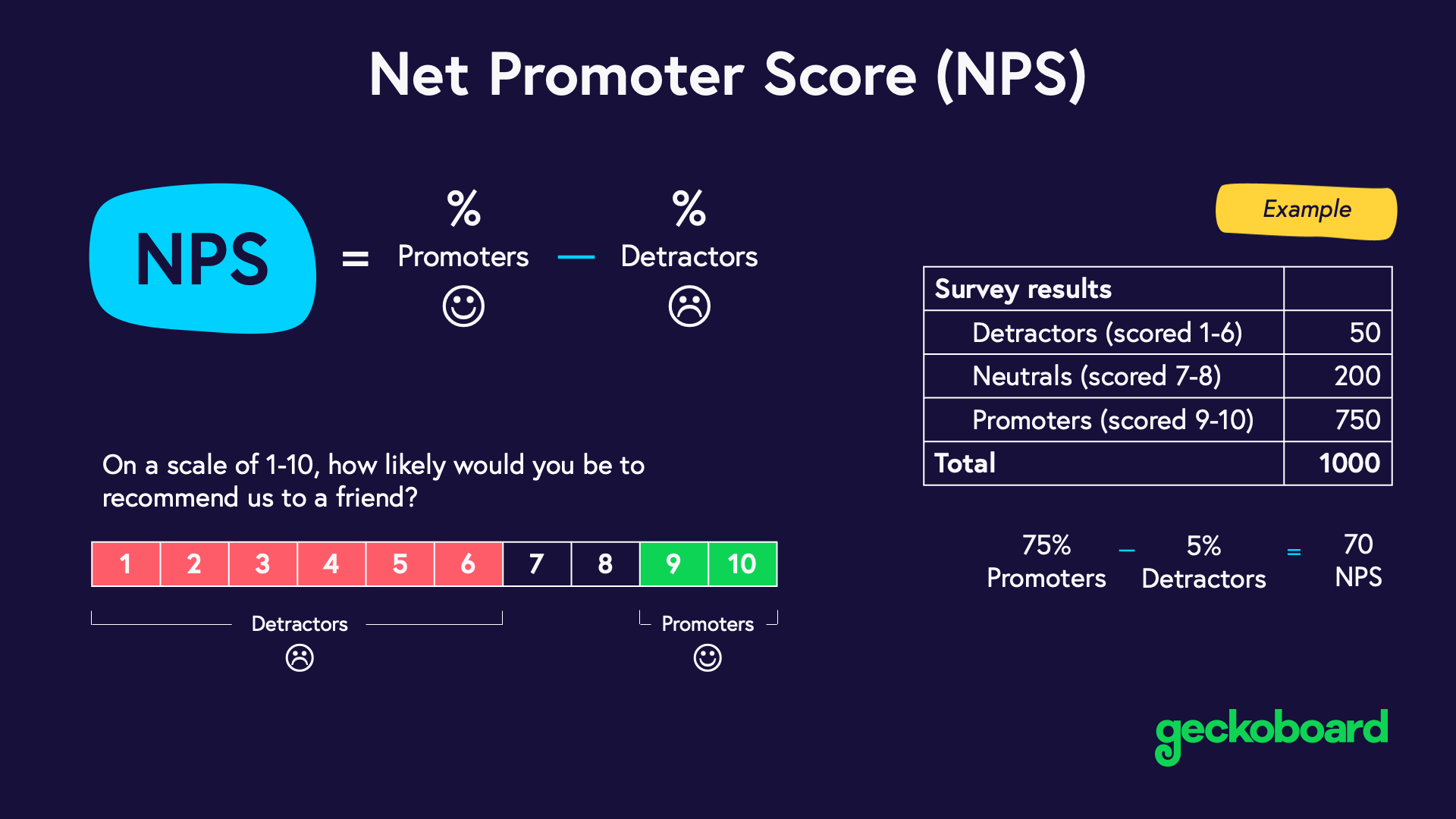For local businesses, feedback isn’t just valuable—it’s vital. Understanding how your customers feel about their experience can guide better decisions, improve service, and help grow lasting relationships. One of the most trusted tools for gauging customer satisfaction is the NPS question format—a simple yet powerful way to measure loyalty. But collecting the data is only half the job. Making sense of it in real time requires the power of flexible dashboards.
According to Bain & Company, companies that lead in customer experience outperform laggards by nearly 80%. For small businesses, especially those rooted in community, this kind of insight can be the difference between surviving and thriving. So, how do you ask the right questions, and then actually use the answers to grow? Let’s dig in.
Misunderstanding What NPS Measures
Many businesses see Net Promoter Score as just a customer service score, when it’s really a long-term loyalty indicator.
Tip: Use the classic NPS question—"How likely are you to recommend us to a friend or colleague?"—and follow up with an open-ended "Why?" to add context.
Example: A neighborhood gym noticed many passives (scores of 7–8) cited inconvenient class times. Adjusting the schedule led to a 12-point NPS increase within two months.
Asking the Wrong Way
How you frame the NPS question matters. If it’s buried in a long survey, people might skip it—or answer without thought.
Tip: Keep it front and center. Ask one clear question, and keep it quick and accessible across devices.
Example: A local pizza place sent NPS texts after online orders, getting a 40% response rate versus their usual 12% on email.
Ignoring the Timing
Asking too soon—or too late—can skew results. Feedback should come when the experience is fresh, but not rushed.
Tip: Time your NPS question based on your customer journey. Post-purchase? After delivery? One week into a subscription?
Example: A community garden center sends NPS surveys 48 hours after purchase—giving customers time to plant their goods and share real feedback.
Not Segmenting Responses
Without knowing who’s answering—new vs. returning, buyer vs. browser—the insights lack depth.
Tip: Use tags or filters to segment responses by customer type, location, or behavior.
Example: A co-op grocery store discovered first-time shoppers had lower NPS scores. A new “Welcome to the Co-op” onboarding email helped boost satisfaction among newcomers.
No Real-Time Monitoring
Batching responses into monthly reports can delay action. Trends change fast—your insights should keep up.
Tip: Use flexible dashboards that update instantly, showing trends by time, segment, or sentiment.
Example: A local dental clinic set up real-time NPS tracking and noticed a drop after switching to a new reminder service. They switched back and stabilized satisfaction within days.
Lacking Visual Clarity
Data is only useful if it's understandable. Raw numbers can be overwhelming or misleading.
Tip: Use visualizations like trend lines, heat maps, and comparison charts to make your NPS insights easy to interpret at a glance.
Example: A small tech repair shop used bar charts in their dashboard to visualize NPS by service type—revealing laptops had better scores than mobile repairs.
No Follow-Up Action Plan
NPS isn’t just a score—it’s a springboard for action. If customers take time to give feedback, they expect you to do something with it.
Tip: Set up workflows to respond to detractors with apologies, passives with surveys, and promoters with referral opportunities.
Example: A local bakery reached out to a detractor who had a poor pickup experience. They offered a replacement box—turning that customer into a vocal promoter.
Failing to Share Internally
If only management sees the feedback, valuable insights are lost on the people who need it most—your team.
Tip: Use dashboard views tailored for teams: baristas, clerks, stylists, or servers. Let everyone learn and grow.
Example: A boutique hotel used team-specific dashboards showing guest feedback by department. The housekeeping team took pride in consistently high scores.
Treating It Like a One-Time Task
One NPS survey can help, but consistent tracking is where the gold lies.
Tip: Automate the process so NPS becomes a regular part of your customer experience flow.
Example: A local pet supply store integrated ongoing NPS surveys with their POS system. The steady stream of feedback helped them identify trends month to month.
Not Celebrating the Wins
Too often, businesses focus only on fixing negative feedback. But recognizing what’s working boosts morale and motivation.
Tip: Highlight top comments from promoters in meetings, newsletters, or social media.
Example: A farm-to-table restaurant featured a monthly “Promoter Wall” in the kitchen, showcasing glowing customer comments. Team satisfaction rose along with customer loyalty.
Conclusion: Turning Feedback Into Fuel
When used wisely, the NPS question format doesn’t just reveal how your customers feel—it lights the way toward stronger service, better experiences, and deeper community ties. Paired with flexible dashboards, it becomes a powerful tool to see what matters most, adapt in real time, and grow with intention.
Local businesses thrive when they listen and respond. As you reflect on how your business collects and uses feedback, ask yourself:
-
Are we asking the right questions at the right time?
-
Is our team empowered by insights, not just numbers?
-
Are we turning promoters into ambassadors—and detractors into loyal customers?
In the end, it's not just about the score. It’s about understanding people, improving little by little, and strengthening the bond that keeps your community coming back.
